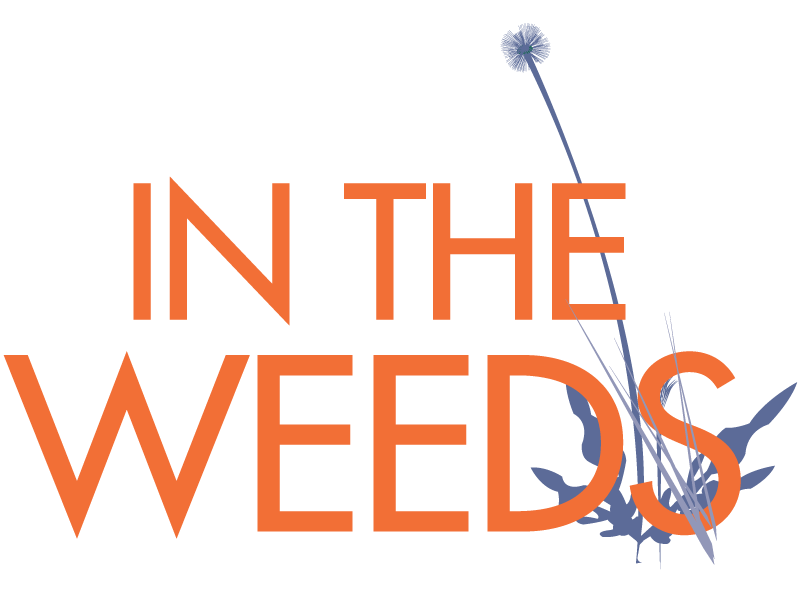I’ve mentioned this book numerous times on the pod. It’s fair to say that David Abram’s The Spell of the Sensuous and Robin Wall Kimmerer’s Braiding Sweetgrass are the two books that really kicked off the idea for In the Weeds. And it feels like time to dig into Spell. All the more so since my current episodes are exploring the question “how did we get here?” Not only how did we materially arrive at our current environmental crisis but how did we, in the West, develop a culture that led to this mess, a culture that separates the human sphere from the natural world?
Environmentalists have been debating this question for some time and, as Abram himself acknowledges, there is not just one answer, though he does propose an intriguing one in Spell that I talked about in our last episode: that the invention of the alphabet might have something to do with it.
To discuss The Spell of the Sensuous, I reached out to Trevien Stanger, instructor of environmental studies and science at St. Michael’s College in Vermont and all around smart and thoughtful guy.
We examine the two influences that support Abram’s shift from a mechanistic to an animist view of the world: phenomenology, a philosophical movement started by the German philosopher Edmund Husserl in the early 20th century, and the teachings of indigenous shamans that Abram encountered during his travels as an itinerant sleight-of-hand magician in Southeast Asia. Most of all, we try to understand what it would mean to experience the world the way that Abram would want us to, as a dynamic and relationally-rich encounter with the more-than-human.
There’s a lot to unpack and we take our time, so we only get about a third of the way into the book. We will continue our discussion in an upcoming episode.
And, yes, I have a cold

